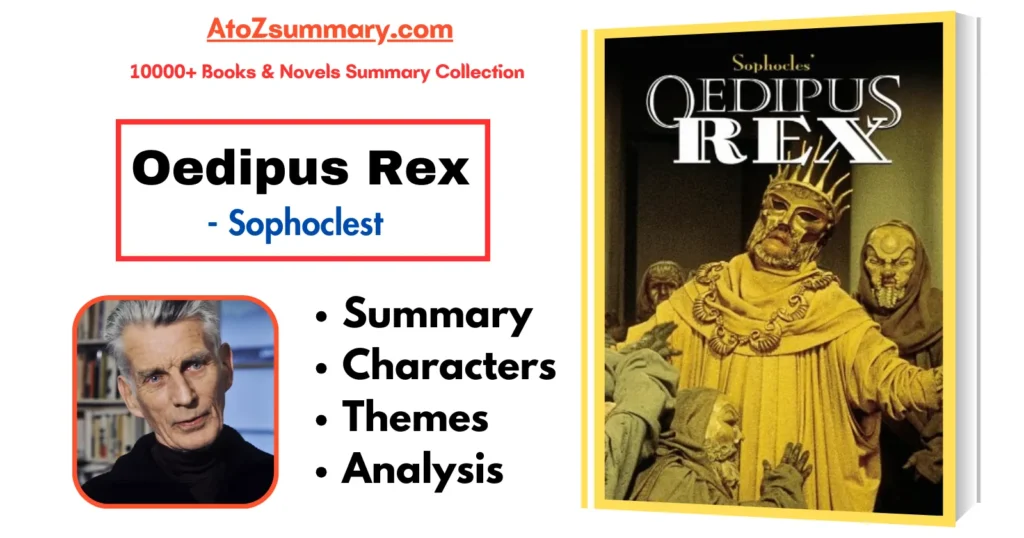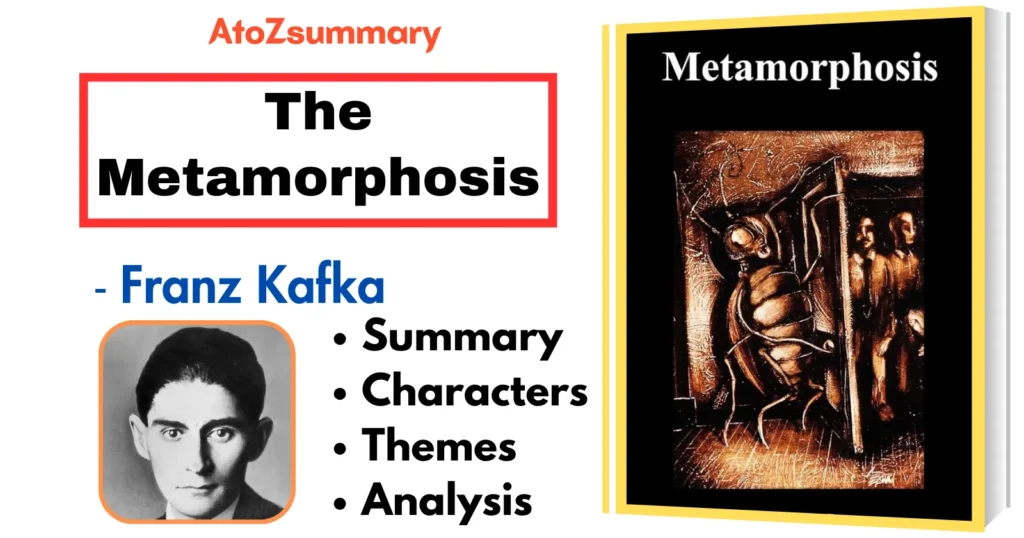About the Play- Hamlet
| Title | Hamlet |
| Author | William Shakespeare |
| Genre | Tragedy |
| Setting | Elsinore Castle in Denmark, late 16th century |
| First published | 1603 |
| First performed | 1600–1601 |
| Main Themes | Revenge, Madness, Death, Betrayal |
| Main Characters | Hamlet, Claudius, Gertrude, Ophelia, Polonius, Laertes, Horatio |
Analysis
Hamlet is a famous play written by William Shakespeare. It’s a tragedy that tells the story of Prince Hamlet of Denmark, who is deeply affected by the sudden death of his father, King Hamlet.
The central plot revolves around Hamlet’s quest for revenge against his uncle, Claudius, who has not only married Hamlet’s mother but also taken the throne by murdering Hamlet’s father. Hamlet struggles with his own inner conflicts, leading to his feigned madness as he tries to gather evidence against Claudius.
The play is known for its soliloquies, particularly Hamlet’s famous “To be or not to be” speech, which reflects on the nature of existence and the pain of life.
Characters
The characters of “Hamlet” by William Shakespeare are:
- Hamlet: The main character, the Prince of Denmark, who is deeply troubled by the death of his father and seeks revenge.
- Claudius: Hamlet’s uncle and the new king of Denmark, who marries Hamlet’s mother after the death of the king.
- Gertrude: Hamlet’s mother, who marries Claudius and is caught in the middle of the family conflicts.
- Polonius: The chief counselor to the king, father to Ophelia and Laertes.
- Ophelia: Polonius’s daughter, who is romantically involved with Hamlet.
- Laertes: Polonius’s son, who is protective of his sister Ophelia and seeks revenge for his father’s death.
- Horatio: Hamlet’s loyal friend and confidant.
- Rosencrantz and Guildenstern: Childhood friends of Hamlet, who are used by Claudius to spy on him.
- The Ghost: The spirit of Hamlet’s father, who appears to Hamlet and sets the revenge plot in motion.
- Fortinbras: The Prince of Norway, who serves as a foil to Hamlet and seeks to reclaim territory lost by his father.
Themes
The themes of “Hamlet” by William Shakespeare are:
- Revenge and Justice: Hamlet seeks revenge for his father’s murder, raising questions about justice and morality.
- Madness and Sanity: The play explores the thin line between feigned and real madness, blurring the boundaries of sanity.
- Existentialism: Hamlet grapples with the meaning of life, death, and the human condition, questioning his purpose and existence.
- Betrayal and Deception: Themes of betrayal unfold as characters deceive one another, leading to tragic consequences.
- Corruption and Decay: The political and moral decay in the kingdom mirrors the physical decay, emphasizing the theme of corruption.
- Family and Relationships: The dynamics within Hamlet’s family highlight the complexities of parent-child relationships and familial bonds.
- Mortality: Death is a pervasive theme, with characters contemplating mortality and the inevitability of the human experience.
Watch Hamlet Full Summary Video
Summary
A ghost stalks the ramparts of Denmark’s Elsinore Castle during a gloomy winter’s night. The ghost was initially noticed by two guards and subsequently by the scholar Horatio. It has a resemblance to the recently departed King Hamlet, whose brother Claudius ascended to the throne and wed Queen Gertrude, the king’s widow. Prince Hamlet, the deceased king’s son, and Gertrude’s son, is brought to see the ghost by Horatio and the watchmen. The ghost talks to Hamlet, warning him that Claudius is the one who killed him. The spirit vanishes with the morning, giving Hamlet orders to get revenge on the man who seized his reign and wed his wife.
Since Prince Hamlet is introspective and analytical by nature, he delays taking revenge for his father’s death, going into a profoundly depressing and even seemingly insane state of mind. Concerned by the prince’s unpredictable actions, Claudius and Gertrude look for the reason. They hire Rosencrantz and Guildenstern, two of Hamlet’s cronies, to keep an eye on him. Claudius consents to spy on Hamlet during his discussion with Ophelia after Polonius, the haughty Lord Chamberlain, speculates that Hamlet could be insane from his love for her. Even though Hamlet appears to be insane, he does not appear to be in love with Ophelia as he tells her to go into a nunnery and says he wants to outlaw weddings.
When a troupe of touring players arrives in Elsinore, Hamlet takes advantage of the opportunity to investigate his uncle’s culpability. In an attempt to make Claudius respond if he is guilty, he will have the players recreate a scenario that closely resembles the one in which Hamlet imagines his uncle killed his father. Claudius rises and exits the room as the murderous moment enters the theater. Horatio and Hamlet both concur that this establishes his guilt. When Hamlet goes to kill Claudius, he discovers him in prayer. Hamlet resolves to wait because he thinks that murdering Claudius while he is praying will send Claudius’s soul to heaven and that it would be insufficient retaliation. Now that he knows that Hamlet is insane and worries about his safety, Claudius gives the order to send Hamlet to England straight away.
Hamlet confronts his mother, who has Polonius concealed beneath a tapestry in her bedroom. Hamlet thinks the king is hidden behind the tapestry after hearing a disturbance from behind it. He pulls out his sword and stabs Polonius to death through the cloth. Rosencrantz and Guildenstern are sent to England right away for their crime. Beyond Hamlet’s banishment, though, Claudius has other plans for him. Rosencrantz and Guildenstern have received sealed instructions from the King of England requiring Hamlet to be executed.
Following her father’s passing, Ophelia drowns in the river due to extreme sadness. Laertes, the son of Polonius who has been residing in France, furiously returns to Denmark. He is persuaded by Claudius that Hamlet is responsible for the passing of his sister and father. After pirates attacked Hamlet’s ship on its way to England, the prince sent letters to Horatio and the king informing him that he had returned to Denmark. Claudius then devises a scheme to utilize Laertes’ thirst for vengeance to ensure Hamlet’s murder. Laertes and Hamlet will spar in a harmless game of fencing, but Claudius will contaminate Laertes’ sword such that Hamlet will perish if he draws blood.
The king decides to poison a glass as a backup plan, which he would give Hamlet to drink if Hamlet scores the game’s first or second strike. Hamlet arrives back in the Elsinore neighborhood right before Ophelia’s burial. He assaults Laertes, overcome with sadness, and claims that he has always loved Ophelia. He tells Horatio back at the castle that he thinks everyone should be ready to die because it may happen at any time. On Claudius’s orders, an idiotic courtier named Osric shows up to set up the fencing duel between Laertes and Hamlet.
The swordplay starts. The first hit goes to Hamlet, who turns down the king’s offered tumbler of alcohol. Rather, Gertrude drinks from it and the poison kills her instantly. Even though Hamlet is wounded by Laertes, the poison does not instantly kill him. Laertes first is injured by the blade of his sword before succumbing to the poison of the weapon after telling Hamlet that Claudius is to blame for the queen’s demise. Then, Hamlet has Claudius drink the remaining poisoned wine after stabbing him with the poisoned sword. Not long after Hamlet exacts his retribution, Claudius perishes.
This is when Fortinbras, a Norwegian prince who previously in the play led an army to Denmark and assaulted Poland, arrives with emissaries from England and announces the death of Rosencrantz and Guildenstern. The horrific sight of the entire royal family dead and splayed on the floor astounds Fortinbras. He makes steps to seize control of the realm. In response to Hamlet’s final request, Horatio recounts the sad tale of Hamlet. Fortinbras gives the command to dispose of Hamlet in a fashion appropriate for a slain soldier.
FAQs
What is the story Hamlet about?
Hamlet is a story about a prince who seeks revenge for his father’s murder.
What is the tragedy of Hamlet?
Hamlet’s tragedy is his inability to act decisively, leading to his downfall and the destruction of those around him.
Who is the main character in Hamlet?
Hamlet, Prince of Denmark
What is the significance of the ghost of Hamlet’s father?
The ghost is the catalyst for Hamlet’s revenge plot and serves as a reminder of his father’s death.
Why does Hamlet pretend to be mad?
Hamlet feigns madness in order to buy time to plan his revenge and to protect himself from Claudius’s suspicions.
What is the tragic flaw of Hamlet?
Hamlet’s tragic flaw is his indecisiveness, which ultimately leads to his downfall.
What are Hamlet’s last words?
Hamlet’s final words are “The rest is silence,” signifying his acceptance of death and the end of his struggles.
What are some of the most famous lines from the play?
“To be or not to be, that is the question.”
“There are more things in heaven and earth, Horatio, than are dreamt of in your philosophy.”
“The play’s the thing.”
“Frailty, thy name is woman!”
“The rest is silence.”











